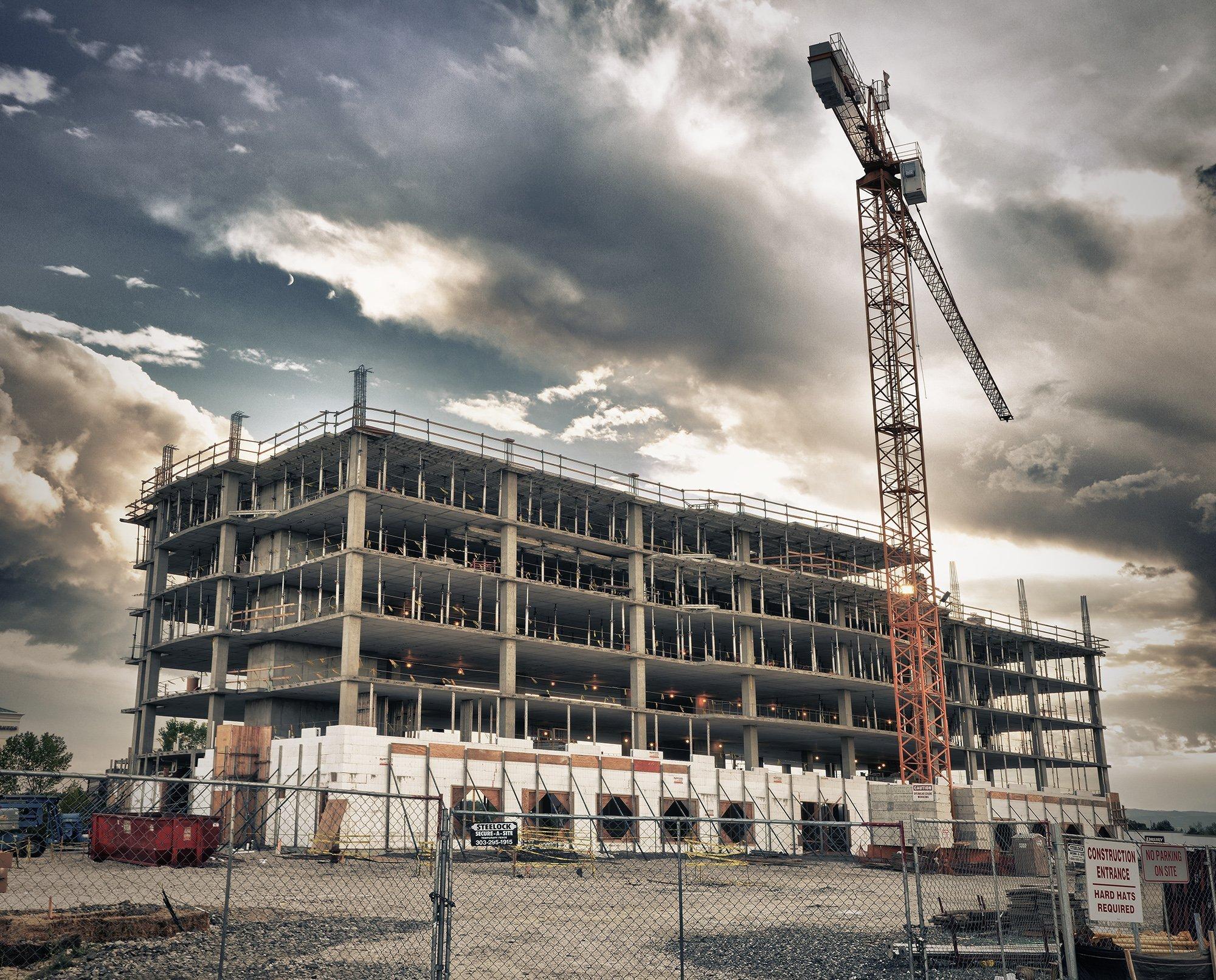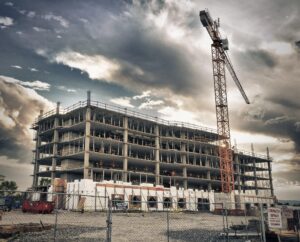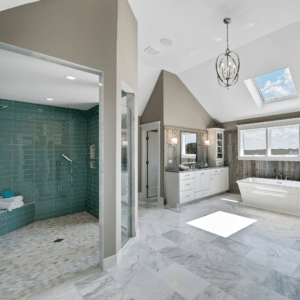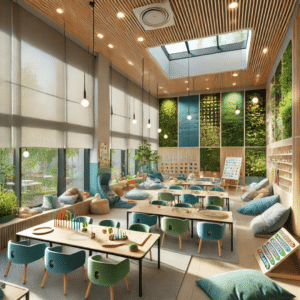When it comes to commercial development, choosing between new development and an adaptive reuse can shape everything from your project’s budget to its long-term environmental impact. This article focuses on understanding the pros and cons of development vs adaptive reuse for development projects, offering a practical, side-by-side comparison to help you move forward with confidence.
Development vs adaptive reuse considerations includes new lots that offer design freedom but higher embodied carbon, adaptive reuse sites reduce carbon impact and often enhance community value, and new development sites may ease permitting, while adaptive reuse can hide costly risks.
- The Big Picture: What Sustainability Really Means in Development Projects
- Development vs Adaptive Reuse: How the Two Paths Really Compare
- Design Freedom vs Design Constraints: What Are You Trading Off
- Budget Impacts: Upfront Costs, Long-Term Returns
- The Community Factor: Building Relationships and Reputation
- Making the Smart Call: How Architects Guide the Process
- Choosing the Smarter Path Forward
Key Takeaways:
- Development vs adaptive reuse impacts budget, permitting, and community alignment—each with trade-offs that affect long-term performance.
- New development provides design freedom but comes with higher embodied carbon and infrastructure costs.
- Adaptive reuse sites offer sustainability gains and urban integration but require upfront diligence to uncover hidden challenges.
- Engaging an architecture partner early can streamline feasibility, align the project with ESG goals, and uncover value others miss.
- Understanding the pros and cons of development vs adaptive reuse for development projects empowers decision-makers to lead with clarity and purpose.
Each option has trade-offs, and the best choice depends on your goals. Keep reading as we break down cost, risk, flexibility, and sustainability.
The Big Picture: What Sustainability Really Means in Development Projects
Sustainability in commercial architecture isn’t just about energy-efficient systems or recycled materials—it begins well before construction, starting with site selection. Notably, new construction contributes over 5% of annual greenhouse gas emissions in the U.S. due to embodied carbon. Key considerations include embodied carbon, which accounts for emissions from materials, transportation, and construction processes; operational carbon, which reflects the ongoing energy usage for systems like heating and cooling, is significant, with buildings accounting for about 30% of operational GHG emissions in the U.S; and community integration, which measures how well a project aligns with local infrastructure, accessibility, and overall livability. In new development vs adaptive reuse debate, developers must weigh immediate construction needs against long-term environmental and community impact.
Development vs Adaptive Reuse: How the Two Paths Really Compare
Understanding the pros and cons of development vs adaptive reuse for development projects means looking beyond first impressions.
A new development offers full design freedom but comes with key trade-offs to consider:
- Offers a blank canvas for design and infrastructure
- Easier permitting in undeveloped zones
- Higher embodied carbon due to land clearing, utility extension, and new materials
- Often requires more upfront investment in site prep
An adaptive reuse projects reuses existing assets, which can bring sustainability gains but also hidden complexities:
- Significantly lower embodied carbon—one client saw notable reductions simply by reusing existing structures, aligning with studies showing 4-46% savings in reuse compared to new construction for buildings with similar energy performance.
- May qualify for tax incentives or sustainability grants
- Potential for hidden costs: asbestos, outdated systems, or foundational issues
- Greater alignment with urban renewal and walkable communities
For developers balancing cost, schedule, and ESG goals, this head-to-head is often a deciding moment.
Design Freedom vs Design Constraints: What Are You Trading Off
New development offers greater flexibility, allowing developers to design around parking, access, height, and layout without legacy constraints. This makes them ideal for projects with specialized needs like industrial facilities or mixed-use retail. In contrast, adaptive reuse sites require adapting to existing footprints—working within zoning limits, preserving facades, or maintaining historic elements. These constraints can limit freedom but also inspire creative solutions, especially in dense or culturally significant areas. When weighing new development vs adaptive reuse, design flexibility plays a key role in aligning form, function, and long-term value. Guzzo Architects has helped clients modernize while preserving character—enhancing both marketability and sustainability.
Budget Impacts: Upfront Costs, Long-Term Returns
Cost is always a factor in site selection, but the full financial picture goes beyond the purchase price. New developments often require major investments in site clearing, grading, and utility extensions. Permitting can also face delays, especially in protected or remote areas. Adaptive reuse sites may involve structural or remediation challenges, but they often benefit from shorter design timelines if existing systems are usable. Developers may also tap into funding through energy-efficient retrofits or adaptive reuse grants. Though adaptive reuse projects can seem complex at first, many offset these hurdles with faster approvals, tax incentives, and stronger community support. For those prioritizing sustainable returns over quick exits, they often prove to be the wiser investment.
The Community Factor: Building Relationships and Reputation
In today’s market, the value of community alignment can’t be overstated. Urban infill and adaptive reuse projects are often more welcomed by local stakeholders, particularly when they enhance existing neighborhoods without causing displacement. Choosing an adaptive reuse site can reinforce a company’s ESG commitments, align with municipal sustainability goals, and support local economies through preservation and reduced resource consumption. By contrast, new developments on previously undeveloped land may face greater resistance, requiring more extensive environmental reviews, traffic impact studies, and community engagement efforts. In the new development vs adaptive reuse conversation, reputation and public perception aren’t just secondary concerns—they’re strategic assets that can shape a project’s success from day one.
Making the Smart Call: How Architects Guide the Process
No two development projects are alike, which is why early feasibility analysis is essential for smart site selection. Architects play a key role in assessing both development and adaptive reuse through a sustainability-focused lens. They evaluate factors like capital budgets, permitting timelines, community integration, and long-term environmental impact. Using scenario modeling and site-specific assessments, architects compare carbon trade-offs, flag regulatory or infrastructure risks, and recommend design principles that align with project goals. Whether you’re working with a clean parcel or a redevelopment zone, this level of insight—especially when partnering with experienced firms like Guzzo Architects—can turn complex decisions into confident, high-value outcomes.
Choosing the Smarter Path Forward
Choosing between a new development and adaptive reuse site isn’t just a logistical decision—it’s a strategic one. From carbon impact to permitting speed, from long-term operating costs to community value, each option presents a distinct set of advantages and trade-offs. The key is aligning your development priorities with a path that supports both project success and sustainability goals.
At Guzzo Architects, we help you assess these factors early, providing insight that informs confident, forward-thinking development. Contact us at 201-939-1446 to uncover the most strategic, cost-effective path forward for your next development.
What role do zoning laws play in choosing between a development and adaptive reuse?
Zoning laws can affect project timelines and costs. Developments may need rezoning, while adaptive reuse sites often have existing approvals. However, older buildings may face restrictions. Early zoning review helps avoid delays.
How does site selection affect access to green building certifications like LEED or WELL?
Adaptive reuse often earns points for location and reuse, while developments offer design control but may require more mitigation. Site selection is one of the main factors in achieving LEED credits towards certification.
Can infrastructure availability influence sustainability outcomes?
Yes. Adaptive reuse sites often have existing utilities, reducing construction impact. Developments may require new infrastructure, increasing embodied carbon. Infrastructure readiness affects both cost and sustainability.








